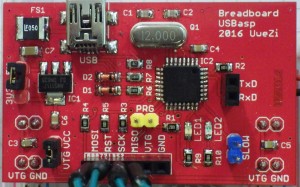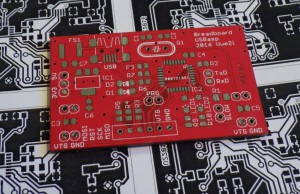I am a big fan of solderless breadboards and we use these also for our students at Uppsala University. For quite a while I have been using solid-core wire for my connections, but then I discovered the more flexible breadboard wires which have become popular in the Arduino community.
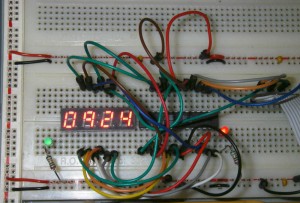
Can there be quality?
These stranded wires come in different colors and have small connectors attached, which make it possible to insert them into the holes of a breadboard. You can buy them in sets of typically 65 pieces on eBay directly from China, but also from a variety of other electronics shops on the internet and in the real world. At a price of perhaps 3 cents per wire it is obvious that this cannot be a quality product, especially that there cannot be any kind of quality control involved.
In the hands of students
When I first purchased these wires for myself I must have been lucky, because I was immediately convinced that they were superior to any alternative I had tested before. This however changed when I put these wires for the first time into the hands of my students. Suddenly the wires had bad contacts, the connector pins broke off and got stuck in the breadboard.
Three different qualities
After two years I now had a close look and found out that the wires come in three different qualities. From the outside the three types are indistinguishable. Neither the looks nor the price appear to be related to the tendency of the wires to break easily. On the following photo you can see a close-up of examples of the three types:
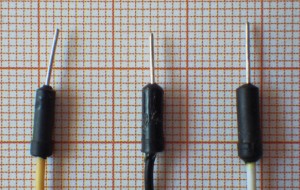
Can you tell the difference?
Sorting a big box of wires which my students had returned after their labs I inspected especially the broken wires. Have a look at the following picture to get a first impression:
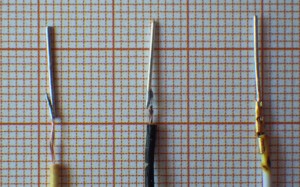
Let’s have a closer look
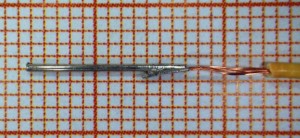
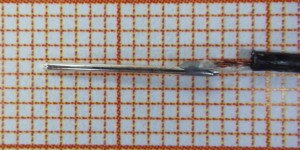
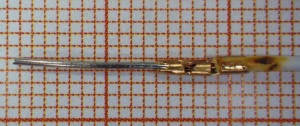
Show me those pins again
First when I looked at my pictures again I noticed another difference – you can call it a microscopic detail:
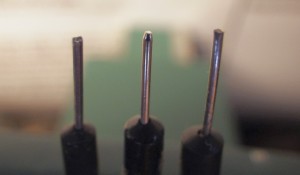
Did you see that? The cable with the good solder joint has a polished and beveled tip! This is really a work of quality down to the minute detail!
Can you help me?
I am willing to pay at least twice as much for cables of higher quality, especially the ones with a good solder joint and polished tip. However, when you buy these cables for example on eBay, you never know in advance what you will get. Since I was unaware of these differences until now, I have missed my chance to trace back most of my purchases.
I am also willing to pay more if I could choose the amount and color of the wires. In the standard packs of 65 wires sold from many eBay sellers in Hong Kong, mainland China, Taiwan and Thailand, you will find mixes of arbitrary colors which in general is good, but some of the electronics color-code colors are strangely underrepresented or even completely missing. I totally lack violet (#7) and grey (#8) wires and I am always short in red and black wires for Vcc and Gnd connections, respectively.
Please let me know if you know a seller who is capable of delivering quality wires at a reasonable price, and/or a place where to purchase color sorted wires. Of course I know that you can easily make these wires yourself, there are also several Instructables around on this topic: How to make jumper wires, Preparing Stranded Wire for Breadboards, and Protobloc prototyping wires. Of course I could then also choose the colors I want to have – but I doubt that I will be able to end up at a competitive cost for these wires…


